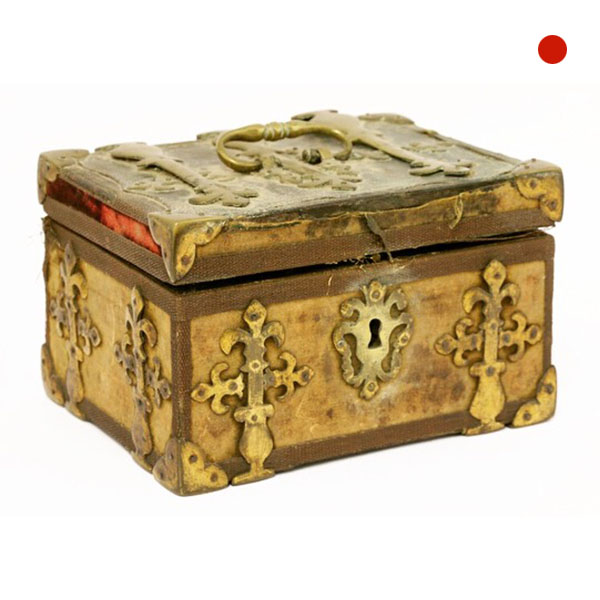
17th-18th Century Silk Covered Strongbox Jewel Casket
SOLD
Request Information
Follow Us
17th-18th Century Silk Covered Strongbox Jewel Casket
Fit for a Queen…
From time to time an object can certainly grab your imagination, this casket of small proportions is no exception. The casket has a lovely hand-written note stating, ‘The jewel box originally belonged to Queen Elizabeth and came direct into the family’. Now, boxes of this form though usually veneered in oysters of Kingwood and
occasionally shagreen, is thought to date between 1675-1700 which would place this box around 100 years too late for the Elizabethan period. It is, however, possible that the casket belonged to Queen Elizabeth and could have been made some 100 years before this style became ‘mainstream’ given the quality of the silver braid, gold plated hand-cut metalwork and the quality of the once bright red silk velvet, not to mention, bright green silk interior.
To our knowledge, this casket is the only example to be recorded of this exceptionally small size and in silk velvet, with hand-cut and filed, not cast, strap-work. Examples of strongbox or coffre fort can be found in oyster cut hardwoods, marquetry and occasionally shagreen, in the most important collections and museums, to name a few – Ham House, Victoria and Albert Museum, Met, Burghley House, Levens Hall, etc. A walnut example on stand was also supplied by royal cabinet maker Gerrit Jensen to Colonel James Grahme of Levens Hall in 1688. However, it should be noted that this is not a coffre fort it is a casket. Coffre forts purpose was to transport items of importance from one’s estate to one’s carriage and to be screwed to the floor using large bolts housed in the side rails. This casket was most likely made to house a single item of importance and was possibly presented as a gift.
The note states – “The jewel box originally belonged to Queen Elizabeth and came direct into the family. The cloak fastener is what gentleman in the olden times used to fasten on the left shoulder a long piece of cloth thrown over They have been many many years in the family. Mrs C Bradbent Granddaughter C Hobbs”
Regardless of whether or not the casket was once the property of Queen Elizabeth, it is a beautiful, untouched and extremely rare item fit for the regalest of collections.
Condition
The piece is in exceptional original condition. Minor conservation to preserve.
Provenance
Literature
Dimensions
PREVIOUSLY SOLD
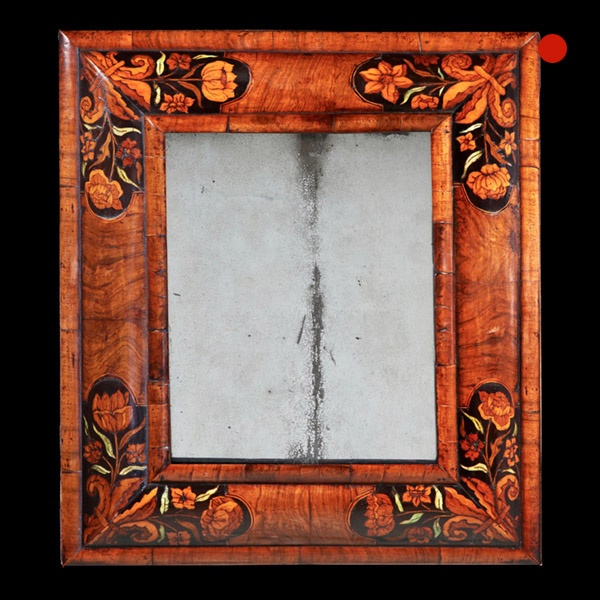
17th Century William and Mary Figured Walnut Marquetry Cushion Mirror
17th Century William and Mary Figured Walnut Marquetry Cushion Mirror SOLD Follow Us17th Century William and Mary Figured Walnut Marquetry Cushion Mirror From the restoration of the British Monarchy (1670-1685) we bring to you this charming...
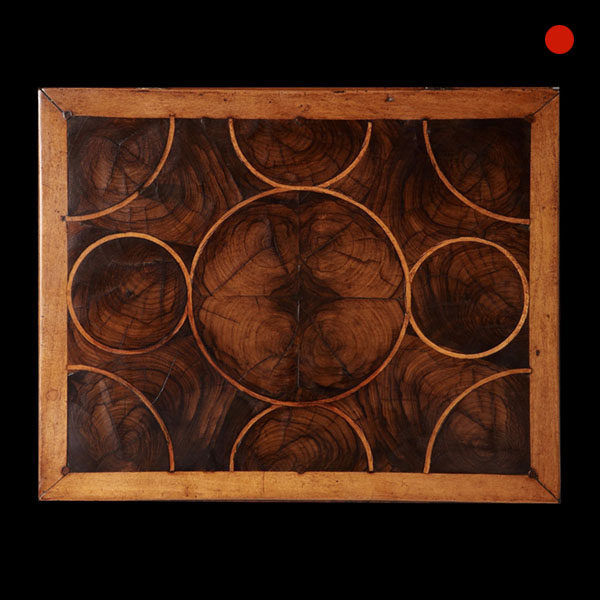
William and Mary Olive Oyster Lace Box
Fabulous 17th-century olive oyster ‘lace box’. ‘Lace boxes’ were popular amongst the middle and higher classes of society from C.1660-1700. The olive oyster box we have for offer here is a lovely original and unusually small example, at just 12″ wide. This form dates from circa 1680-1700.
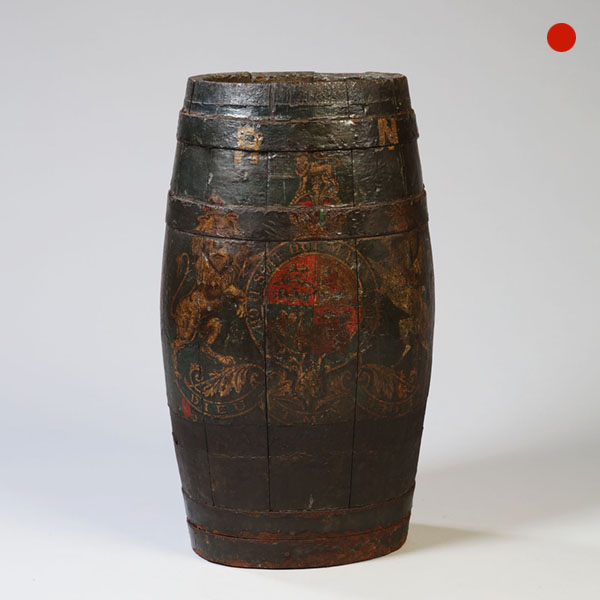
18th-Century Royal Navy Decorated Barrel
A rare 18th-century Royal Navy oak grog or powder barrel, lacquered and decorated with the Royal Coat of Arms. Super piece and makes a fantastic and atmospheric stick/cane stand.
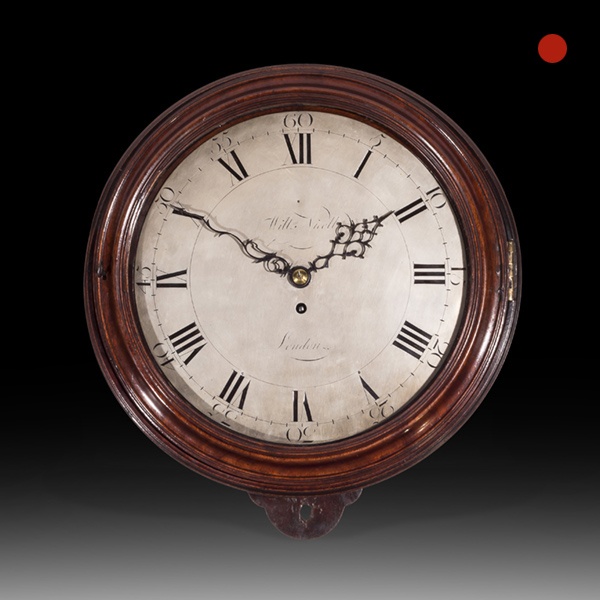
Large Mahogany 18th-Century Dial Clock, William Nicoll, London
The solid mahogany case has a moulded mahogany glazed door, which can be locked on the left-hand side. The original rectangular saltbox is permanently attached to the front and has doors to the side and the bottom.
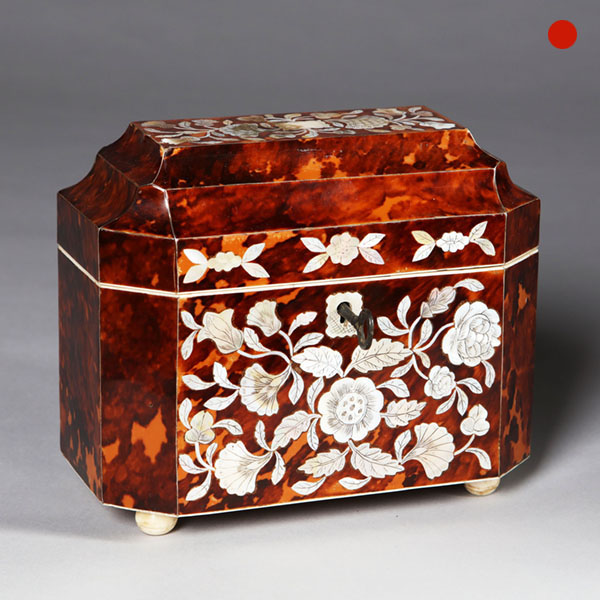
William IV Mother of Pearl Inlaid Tortoiseshell Tea Caddy
William IV Mother of Pearl Inlaid Tortoiseshell Tea Caddy 1800 England SOLDFollow UsWilliam IV Mother of Pearl Inlaid Tortoiseshell Tea Caddy A fine William IV mother of pearl inlaid tortoiseshell tea caddy. The term ‘caddy’ is believed to...
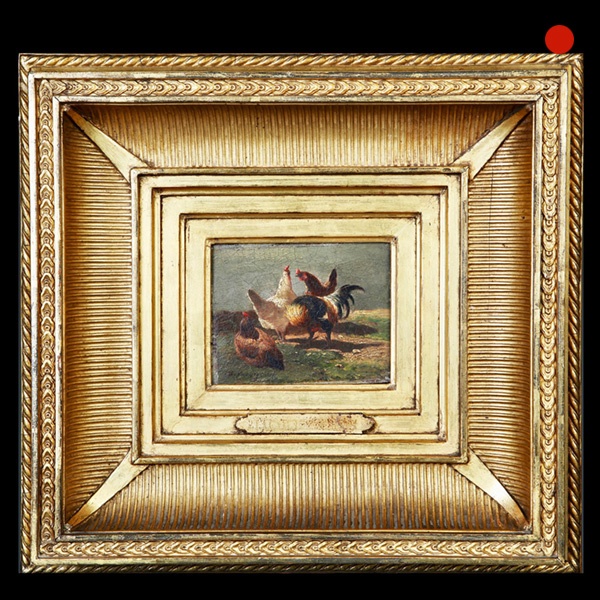
19th-Century Study of a Cockerel and Three Hens Oil Painting on Walnut Panel Charles Emile Jacque (1813-1894)
19th-Century Study of a Cockerel and Three Hens Oil Painting on Walnut Panel Charles Emile Jacque (1813-1894) 1813 to 1894 England SOLDFollow Us19th-Century Study of a Cockerel and Three Hens Oil Painting on Walnut Panel Charles Emile Jacque...

17th Century William and Mary Figured Walnut Marquetry Cushion Mirror
17th Century William and Mary Figured Walnut Marquetry Cushion Mirror SOLD Follow Us17th Century William and Mary Figured Walnut Marquetry Cushion Mirror From the restoration of the British Monarchy (1670-1685) we bring to you this charming...

William and Mary Olive Oyster Lace Box
Fabulous 17th-century olive oyster ‘lace box’. ‘Lace boxes’ were popular amongst the middle and higher classes of society from C.1660-1700. The olive oyster box we have for offer here is a lovely original and unusually small example, at just 12″ wide. This form dates from circa 1680-1700.

18th-Century Royal Navy Decorated Barrel
A rare 18th-century Royal Navy oak grog or powder barrel, lacquered and decorated with the Royal Coat of Arms. Super piece and makes a fantastic and atmospheric stick/cane stand.

Large Mahogany 18th-Century Dial Clock, William Nicoll, London
The solid mahogany case has a moulded mahogany glazed door, which can be locked on the left-hand side. The original rectangular saltbox is permanently attached to the front and has doors to the side and the bottom.

William IV Mother of Pearl Inlaid Tortoiseshell Tea Caddy
William IV Mother of Pearl Inlaid Tortoiseshell Tea Caddy 1800 England SOLDFollow UsWilliam IV Mother of Pearl Inlaid Tortoiseshell Tea Caddy A fine William IV mother of pearl inlaid tortoiseshell tea caddy. The term ‘caddy’ is believed to...

19th-Century Study of a Cockerel and Three Hens Oil Painting on Walnut Panel Charles Emile Jacque (1813-1894)
19th-Century Study of a Cockerel and Three Hens Oil Painting on Walnut Panel Charles Emile Jacque (1813-1894) 1813 to 1894 England SOLDFollow Us19th-Century Study of a Cockerel and Three Hens Oil Painting on Walnut Panel Charles Emile Jacque...
YOU MAY ALSO LIKE
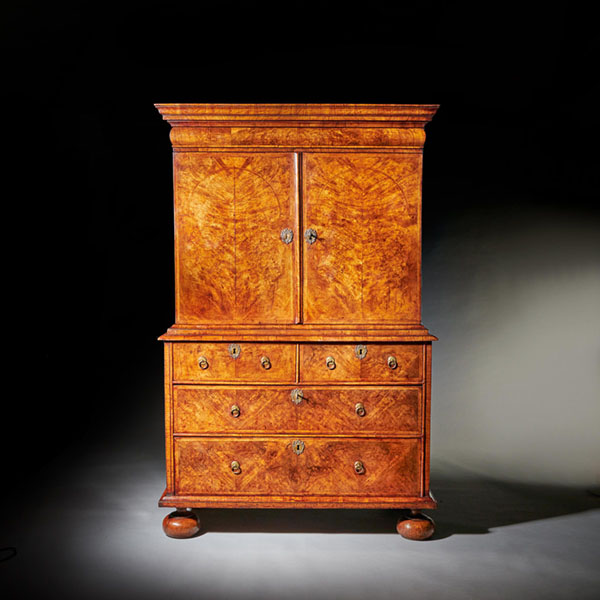
A Fine 17th Century William and Mary Burl Walnut Cabinet on Chest, Circa 1690
A Fine 17th Century William and Mary Burl Walnut Cabinet on Chest, Circa 1690 £27,800[wpforms_selector form_id="11387" show_title="on" _builder_version="4.22.1" _module_preset="default" custom_margin="-30px||||false|false"...
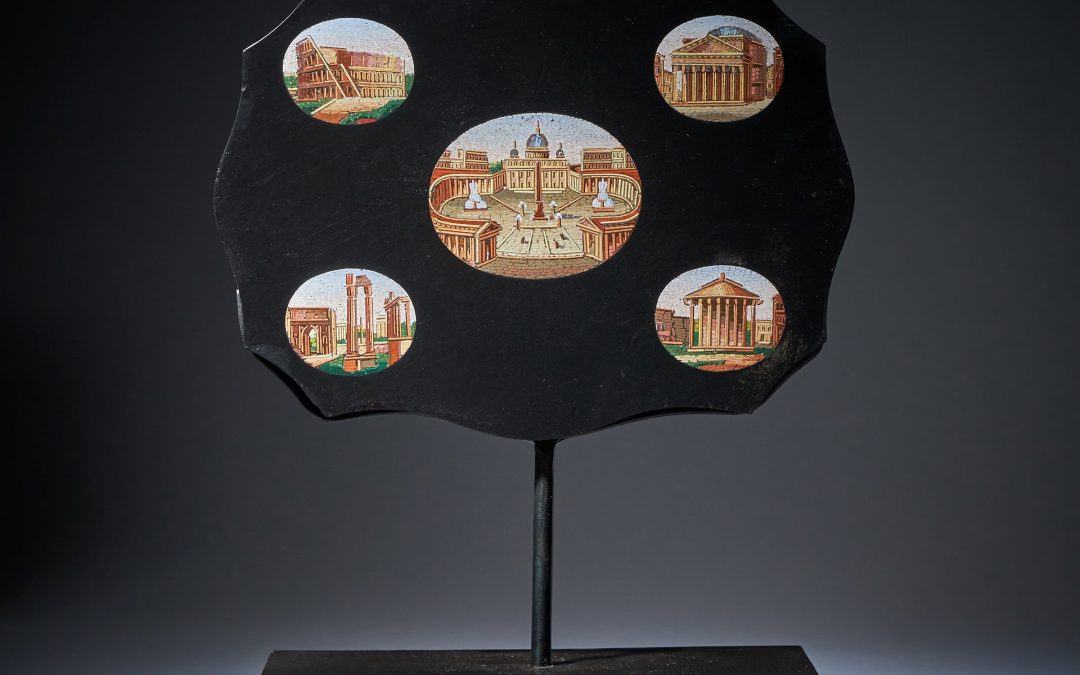
19th Century Grand Tour Micro Mosaic Tablet Depicting Italian Architecture
19th Century Grand Tour Micro Mosaic Tablet Depicting Italian Architecture £3,650Follow Us19th Century Grand Tour Micro Mosaic Tablet Depicting Italian Architecture A fine mid-19th century serpentine grand tour micro mosaic tablet or...
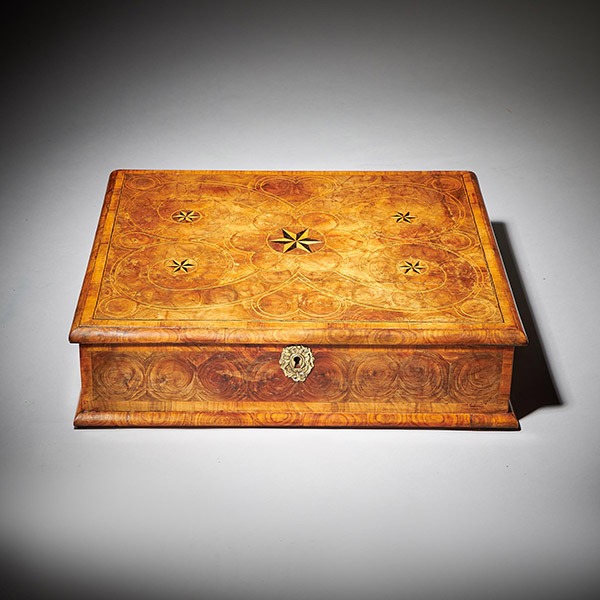
Large William and Mary 17th Century Inlaid Olive Oyster Lace Box, Circa 1690
Large William and Mary 17th Century Inlaid Olive Oyster Lace Box £5,500[wpforms_selector form_id="11387" show_title="on" _builder_version="4.22.1" _module_preset="default" custom_margin="-30px||||false|false" global_colors_info="{}"...
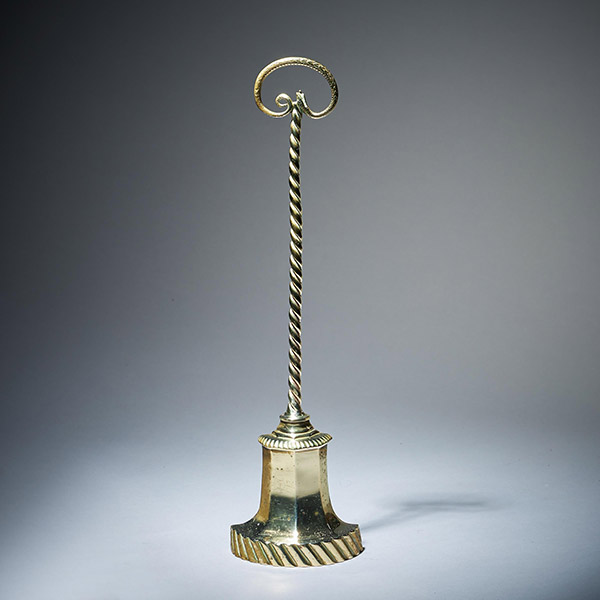
Early 19th Century High Regency Brass Snake Doorstop
Early 19th Century High Regency Brass Snake Doorstop £1,100Follow UsEarly 19th Century High Regency Brass Snake Doorstop A high Regency solid brass bell-shaped doorstop with snake handle, from the reign of George IV, Circa 1770. England The...
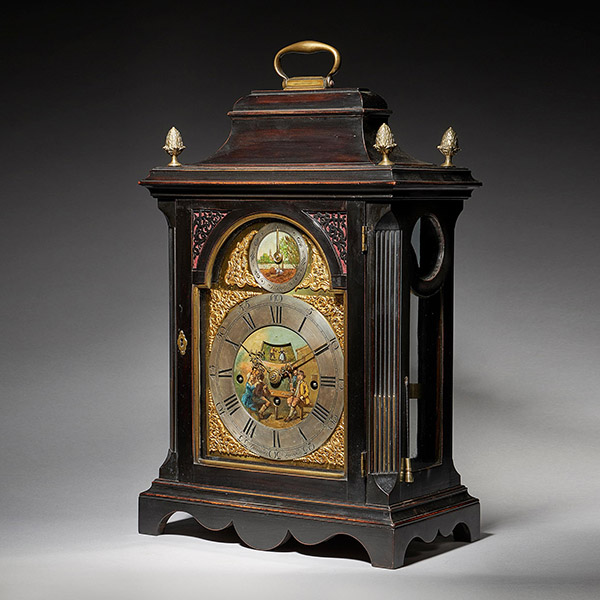
Extremely Rare George III 18th Century Quarter-Striking Bracket Clock, Signed
Extremely Rare George III 18th Century Quarter-Striking Bracket Clock, Signed Follow UsExtremely Rare George III 18th Century Quarter-Striking Bracket Clock, Signed An extremely rare George III 18th century ebonized quarter-striking bracket...

18th Century George III Carved Mahogany Serpentine Concertina Action Card Table
18th Century George III Carved Mahogany Serpentine Concertina Action Card Table £19,800Follow Us18th Century George III Carved Mahogany Serpentine Concertina Action Card Table A bold and impressive George III carved mahogany serpentine...

A Fine 17th Century William and Mary Burl Walnut Cabinet on Chest, Circa 1690
A Fine 17th Century William and Mary Burl Walnut Cabinet on Chest, Circa 1690 £27,800[wpforms_selector form_id="11387" show_title="on" _builder_version="4.22.1" _module_preset="default" custom_margin="-30px||||false|false"...

19th Century Grand Tour Micro Mosaic Tablet Depicting Italian Architecture
19th Century Grand Tour Micro Mosaic Tablet Depicting Italian Architecture £3,650Follow Us19th Century Grand Tour Micro Mosaic Tablet Depicting Italian Architecture A fine mid-19th century serpentine grand tour micro mosaic tablet or...

Large William and Mary 17th Century Inlaid Olive Oyster Lace Box, Circa 1690
Large William and Mary 17th Century Inlaid Olive Oyster Lace Box £5,500[wpforms_selector form_id="11387" show_title="on" _builder_version="4.22.1" _module_preset="default" custom_margin="-30px||||false|false" global_colors_info="{}"...

Early 19th Century High Regency Brass Snake Doorstop
Early 19th Century High Regency Brass Snake Doorstop £1,100Follow UsEarly 19th Century High Regency Brass Snake Doorstop A high Regency solid brass bell-shaped doorstop with snake handle, from the reign of George IV, Circa 1770. England The...

Extremely Rare George III 18th Century Quarter-Striking Bracket Clock, Signed
Extremely Rare George III 18th Century Quarter-Striking Bracket Clock, Signed Follow UsExtremely Rare George III 18th Century Quarter-Striking Bracket Clock, Signed An extremely rare George III 18th century ebonized quarter-striking bracket...

18th Century George III Carved Mahogany Serpentine Concertina Action Card Table
18th Century George III Carved Mahogany Serpentine Concertina Action Card Table £19,800Follow Us18th Century George III Carved Mahogany Serpentine Concertina Action Card Table A bold and impressive George III carved mahogany serpentine...


